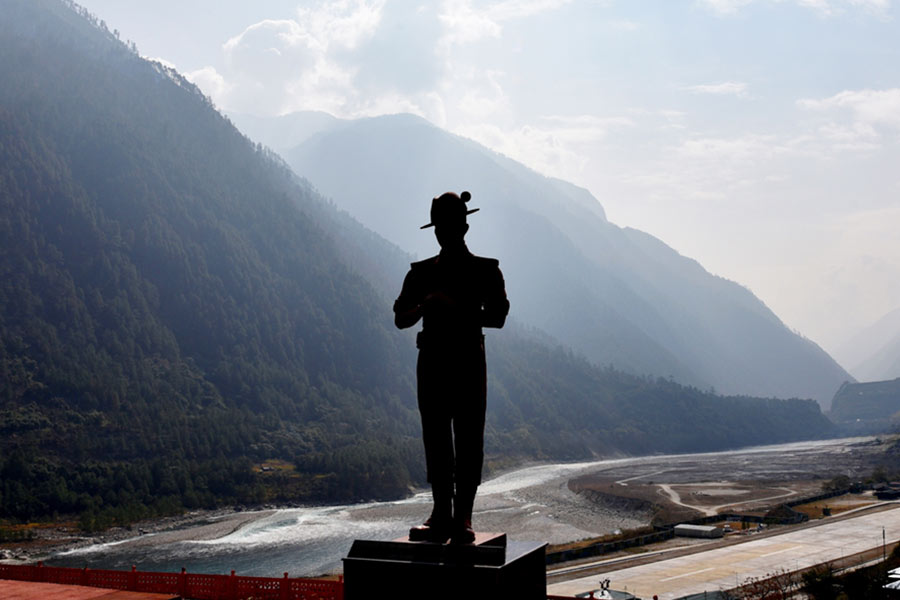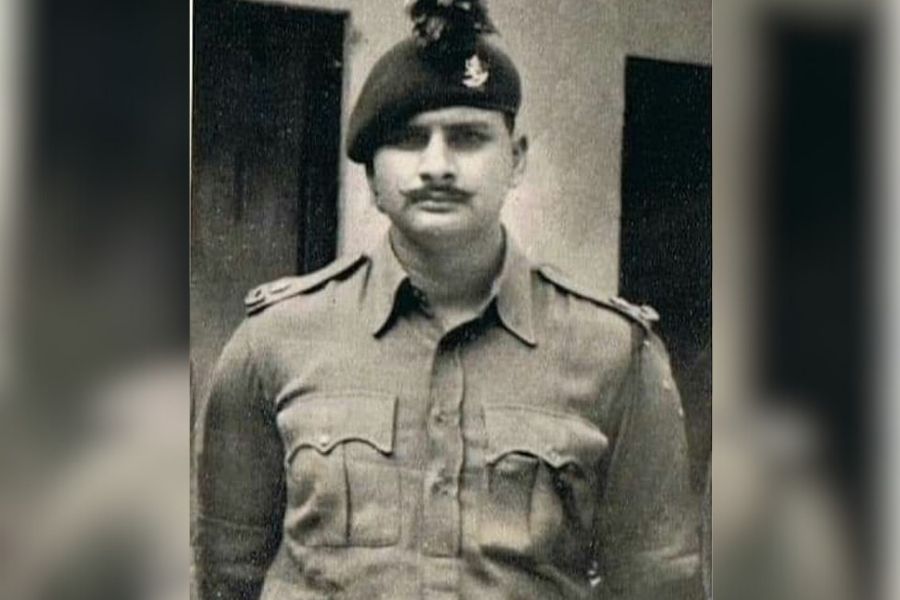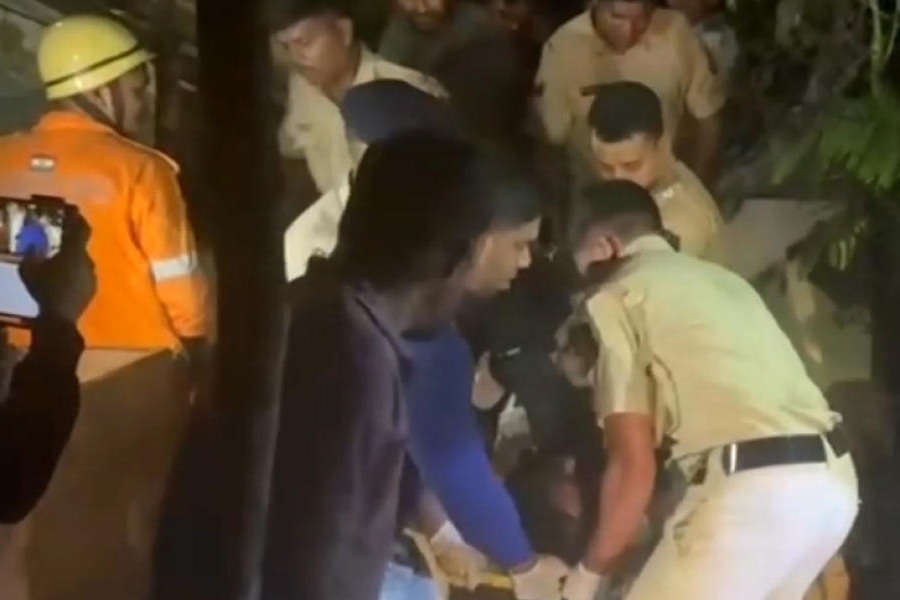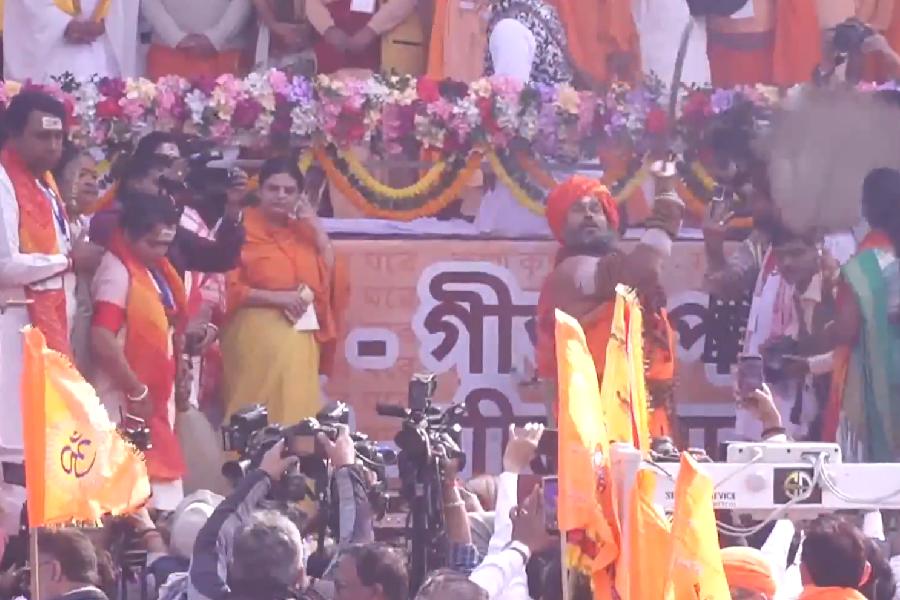We died, unsuccoured, helpless
We were your soldiers, men of bravery and pride
Yet we died like animals, trapped in a cage with no escape
Massacred at will, denied the dignity of battle
With the cold burning flame of anger and resolution
With the courage both of the living and the dead.
Avenge
Our unplayed lives
Redeem the unredeemable sacrifice
In freedom and integrity
Let this be your inheritance
And our unwritten epitaph
— Harji Malik, 'Nam Ka Chu: October 1962'
The 1962 China War remains an angry blot in the history of modern India and its armed forces. Right from their origin in 1895 till date, the 1962 debacle remains the only time this brave force was left disgraced. What was worse was that this debacle was not caused by any lack of effort and courage on part of the junior officers and soldiers, most of whom upheld themselves with honour.
Today, we look into the story of one such forgotten hero: Lieutenant Bikram Singh Rathore of the 6th Kumaon Regiment.
Located at 28°8′N 97°1′E, Walong is the administrative headquarters of the Walong Circle (tehsil). It stands on the bank of the Lohit river that enters Indian territory at Rima, approximately 35km north at the LAC with China. Back in 1959, Walong was part of the Lohit Frontier Division – the extreme eastern sector of NEFA. The division is bound by the eastern Himalayas to the north and east. Full of forested slopes and ravines, this region is, even now, one of the most remote parts of mainland India. More than 60 years ago, it was like an alien planet.
At the end of March, 1962, the 6th Kumaon Regiment took over the defence of Walong sector from 2 Rajput (the latter battalion was to suffer the dreadful massacre at Namka Chu on October 20, 1962). Soon, there were reports of a heavy build-up on the Chinese side and 6 Kumaon were hastily ordered to take up positions along the border line, with battalion HQ at Kibithu, an area with which they were hardly familiar.
As October dawned, it became clear that the breaking out of hostilities was only a matter of time. The dam broke on the evening of October 21, when the Chinese PLA began an unrelenting barrage of mortar and artillery fire on Indian positions. Despite lacking artillery support, the Indian forces fought back and caused mass casualties among the Chinese ranks. The morning of the 22nd found the eastern flank well defended, but the western flank had fallen to the Chinese. The defending forces on the eastern flank fell back to the near bank and destroyed the steel bridge on the Lohit – thus temporarily cutting off the Chinese PLA on the other side. 6 Kumaon was now asked to withdraw from Kibithu – back to Walong.
While organising a strategic withdrawal of the battalion, Lt. Col. Madiah, the CO of 6 Kumaon, ordered D company under Lt. Bikram Singh Rathore to take up position on a location called Ashi Hill – adjacent to a hilly stream called the Namti. A suspension bridge across the Namti stood between the two warring sides. A man with a fierce battle spirit, this was the opportunity Bikram Singh was waiting for. He decided not to destroy the bridge, instead ordering his men to remove some of the wooden planks from the flooring. He positioned the company guns strategically to inflict heavy damage on the enemy. D company of 6 Kumaon was now ready to draw first blood.
In the dead of the night of October 24, the Kumaonis were alerted to the arrival of the Chinese party. Unsuspecting, the leading man walked on to the bridge, and soon, the surroundings were reverberating with his blood-curdling screams as he fell down the gap to the icy waters of the Namti below. Shocked, the Chinese soldiers switched on their searchlights, revealing themselves. This was the opportunity Bikram Singh was waiting for. On his signal, the Kumaonis, from their vantage positions, rained devastating fire. While the exact figures are not confirmed, Chinese casualties were believed to have been around 70. The Kumaonis lost four men and one was injured. As daylight broke on October 25, on orders from his CO, Lt. Bikram with his men retreated to join the rest of the battalion in Walong. It was possibly the first case in the eastern theatre where the Indians had proactively given a bloody nose to the Chinese PLA.
Sadly, the gains from the brave defence put up by the Kumaonis at Kibithu and D company’s exploits at Namti could not be consolidated, even though the soldiers and junior officers fought courageously despite being numerically underwhelmed and under-armed.
In the days following the action at Ashi Hill, efforts by the PLA to make further ingress had failed thanks to the 4th Sikh regiment mounting a spirited defense. But, the Chinese quickly pivoted, bringing in rubber boats to cross the river at unobserved points. Their engineers worked overtime to build a rudimentary road through the steep cliffs of Ashi Hill, bypassing the Indian defensive positions, and getting entrenched around positions dubbed Green Pimple, Yellow Pimple and Tri-junction. The tables had quietly turned.

The Walong War Memorial (Wikipedia)
6 Kumaon, who, after the opening action at Kibithu, had been sent for rest and recuperation, were now called back into the thick of things. A company under Captain R.K. Mathur was tasked to evict the enemy from the Green Pimple. The company duly made the attack, supported by artillery fire, but just as they started climbing the feature, for reasons unclear, the artillery stopped firing. Despite now being severely handicapped, Mathur’s men gave a great account of themselves, taking a few bunkers. But with ammunition nearly over, they were forced to set up a defensive position on the west ridge, where they were now being continuously harassed by the Chinese. At this critical juncture, Lt. Bikram Singh arrived with his D company, driving the Chinese back, and saving A company from complete destruction.
Subsequently, D company, reinforced by a platoon, was ordered to deploy on the west ridge that overlooked on Walong town. It was here that the legend of Bikram Singh Rathore of 6 Kumaon was born. A massive Chinese force, by some estimates running into the thousands, attacked by MMGs and artillery, launched an attack on the west ridge on November 15. Incredibly, the brave Kumaonis beat back the initial attack. The fall of the west ridge would leave Walong to the mercy of the Chinese and Bikram Singh was ordered to hold on to his positions somehow “till 11am” the next day.
After failing with their first frontal attack, the Chinese now again attacked from three sides. The young officer was said to have been running around tirelessly, from position to position, exhorting his men to hold on at all costs. His inspired leadership saw the Kumaonis transcend to a different level of bravery, as against all odds, they held on beyond the specified time. It was only then that Bikram Singh asked for permission to withdraw. By then, however, it was too late and their position was completely encircled. One JCO and 17 soldiers somehow managed to fight through to survival. The remaining ones, led by Lt. Bikram, with their ammunition expended, took up hand-to-hand combat. They all died defending that ridge. Lt. Bikram was last seen surrounded by several Chinese soldiers, hurt and bleeding, but still fighting. His half burnt and bullet-ridden body was found later at the exact spot where he was last seen.
In 1995, a memorial dedicated to all those who had fallen in the defense of Walong was constructed at that place, a short drive from Walong town, at a feature dubbed Helmet Top – termed the ‘Unknown Soldiers memorial.’
Despite this incredible show of courage and commitment to duty and strong words of praise from his superior officers, Lt. Bikram’s sacrifice was not honoured with a bravery medal. It is one of the biggest travesties in the history of India’s armed forces.
I cannot think of a better way to close this piece than cite John Maxwell Edmonds’s famous lines written for the epitaph at Kohima War Cemetery:
When you go home, tell them of us and say
For your tomorrow, we gave our today.










